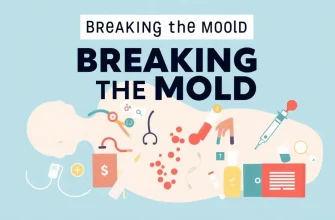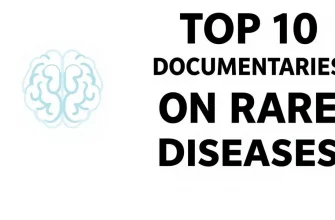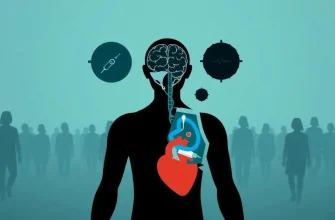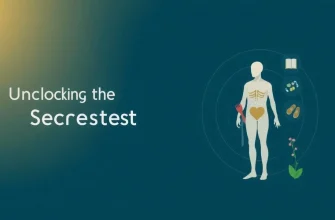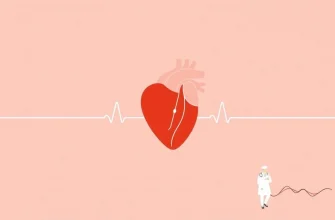- Anatomy for Beginners (2005)
- The Human Body: Pushing the Limits (2008)
- The Human Body (1998)
- The Brain: Our Universe Within (1994)
- The Human Face (2001)
- The Living Body (1984)
- The Body Atlas (1994)
- The Incredible Human Machine (1975)
- The Secret Life of the Brain (2002)
- The Human Body: The Ultimate Machine (2010)
Embark on a journey through the intricate labyrinth of the human body with these 10 captivating documentaries. Each film in this collection offers a unique perspective on human anatomy, from the microscopic cellular level to the complex systems that keep us alive. Whether you're a medical student, a health enthusiast, or simply curious about how our bodies function, these films provide both educational insights and awe-inspiring visuals. Let's delve into the wonders of human anatomy together.
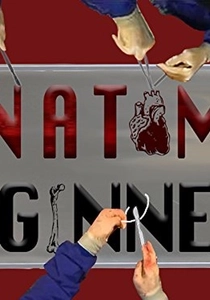
Anatomy for Beginners (2005)
Description: Hosted by Gunther von Hagens, this documentary uses plastinated human bodies to teach anatomy, providing a direct and sometimes controversial look at our internal structures.
Fact: Gunther von Hagens is famous for his Body Worlds exhibitions, which feature real human bodies preserved through plastination.
 30 Days Free
30 Days Free 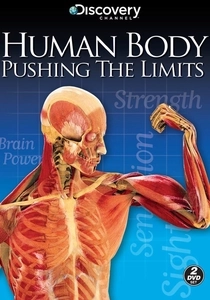
The Human Body: Pushing the Limits (2008)
Description: This documentary series tests the limits of human endurance, strength, and survival, showcasing the incredible capabilities of our anatomy under extreme conditions.
Fact: It features real-life stories of people who have pushed their bodies to the brink.
 30 Days Free
30 Days Free 
The Human Body (1998)
Description: This documentary series, narrated by John Hurt, explores the human body from birth to death, offering a comprehensive look at our anatomy through stunning visuals and scientific explanations.
Fact: The series was filmed over three years and involved over 100 scientists and medical experts.
 30 Days Free
30 Days Free 
The Brain: Our Universe Within (1994)
Description: This documentary delves into the complexities of the human brain, exploring its structure, function, and the mysteries of consciousness, making it a must-watch for understanding the central command center of our anatomy.
Fact: The film features interviews with leading neuroscientists and uses advanced imaging techniques to visualize brain activity.
 30 Days Free
30 Days Free 
The Human Face (2001)
Description: Hosted by John Cleese, this documentary examines the anatomy of the human face, its evolution, and its role in communication and identity, providing a unique angle on human anatomy.
Fact: The series was co-produced by the BBC and Discovery Channel, featuring a blend of science and humor.
 30 Days Free
30 Days Free 
The Living Body (1984)
Description: This classic documentary series uses innovative filming techniques to reveal the inner workings of the human body, from the heart's rhythm to the brain's electrical activity.
Fact: It was one of the first documentaries to use computer-generated imagery to illustrate human anatomy.
 30 Days Free
30 Days Free 
The Body Atlas (1994)
Description: A detailed exploration of the human body, this documentary series covers everything from the skeletal system to the circulatory system, making complex anatomy accessible to all viewers.
Fact: The series was accompanied by an educational book, enhancing its educational value.
 30 Days Free
30 Days Free 
The Incredible Human Machine (1975)
Description: This documentary showcases the marvels of human physiology, using state-of-the-art technology for its time to illustrate how our bodies work in harmony.
Fact: It was one of the first documentaries to use time-lapse photography to show the growth and development of the human body.
 30 Days Free
30 Days Free 
The Secret Life of the Brain (2002)
Description: This PBS series explores the brain's development from infancy to old age, offering insights into how our brain shapes our identity and experiences.
Fact: The series was nominated for an Emmy Award for Outstanding Science and Technology Programming.
 30 Days Free
30 Days Free 
The Human Body: The Ultimate Machine (2010)
Description: This documentary explores the engineering marvels of the human body, comparing it to man-made machines to explain its efficiency and complexity.
Fact: The film uses CGI to simulate how the body would look if it were a machine, making anatomy accessible and visually engaging.
 30 Days Free
30 Days Free 

